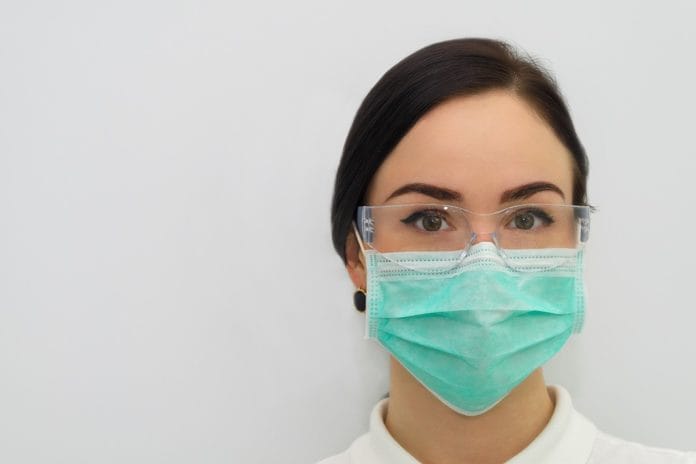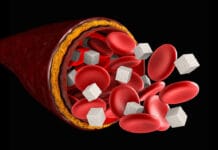There are a ton of different types of masks on the market. Dental masks vary in level, color and patterns, fit, comfort, and price. However, are we buying and using the correct mask for the procedures we are performing daily? As dental professionals, mask level is not something that is always thought about routinely. Some may not even realize the level indicator on the box even means something. This article will break down each level and show us what we need to stay protected while doing the job we love.
The level is one of the most important aspects of a mask. The American Society for Testing and Materials (ASTM) have defined mask levels and when dental professionals should be using which level mask throughout different procedures. Even though the higher level mask usually equals a higher price, we need to protect ourselves. Aerosols, and how to reduce them, continue to be a big topic. We need to know how to protect ourselves with proper protective equipment, but also reduce aerosols utilizing the high-volume evacuation when necessary.
Masks are broken down into three levels; 1, 2 and 3. Level 1 is considered low barrier. The procedures included in wearing a level 1 mask safely consist of exams, operatory cleaning, taking impressions, laboratory work, and orthodontics. That’s it! That does not include a prophylaxis or non-surgical periodontal therapy.2
Level 2 masks are considered moderate barrier. Moderate barrier considers aerosols and splatter to be moderately generated. Procedures include prophylaxis, non-surgical periodontal therapy, endodontics, sealants, restorative, and limited oral surgery. So now we know where our procedures stand as dental hygienists. But keep reading, because it is about to go one step further regarding what we are using to perform these procedures. 2
Level 3 masks are considered high barrier. This includes procedures where heavy amounts of fluid, splatter, and aerosols are produced. Procedures include the use of an ultrasonic scaler, use of an air polisher, crown preparation, implant placement, periodontal surgery, and complex oral surgery. 2
As dental hygienists, we are, or certainly should be, using an ultrasonic scaler on our patients. The benefits speak for themselves from an oral health perspective, as well as ergonomics for the clinician. Therefore, if you are using an ultrasonic or air polisher, a level 3 mask should be worn!
Now that the masks levels have been explained, it is the decision of the dental professional to choose if they want to purchase multiple levels for the office or stick to the highest level, so the provider is always covered. It may suit an office to work in a level 3 mask during ultrasonic instrumentation and discard it after the procedure. When returning to the operatory to disinfect, the dental professional can put on a level 1 mask for protection.
To dive a little deeper into mask safety, it is important to change the mask after every patient. In addition, masks should be changed if working in an environment of high aerosols production every 20 minutes. Lastly, the way the mask is worn is also extremely important. There is a front and back to a mask. One side should go toward your eyes, the other toward your chin. The mask should be pulled fully over the nose, mouth, and chin to be fully protected. 2 Simply put, wear the mask correctly to protect yourself.
Dental hygienists, dentists, and dental assistants fall into the top 5 jobs that are most damaging to our health.1 By wearing proper protective equipment such as masks, glasses, gown, and gloves, we can help ourselves stay healthy!
Now Listen to the Today’s RDH Dental Hygiene Podcast Below:
References
- Kiersz, A. (2018, May 08). The 47 jobs that are most damaging to your health. Retrieved from https://www.businessinsider.com/most-unhealthy-jobs-in-america-2017-4.
- Molinari, J. A., & Nelson, P. (2014). Face masks what to wear and when. The Dental Advisor, 18, 1-4. Retrieved from https://www.dentaladvisor.com/pdf-download/?pdf_url=wp-content/uploads/2015/02/face-masks-what-to-wear-and-when.pdf.












